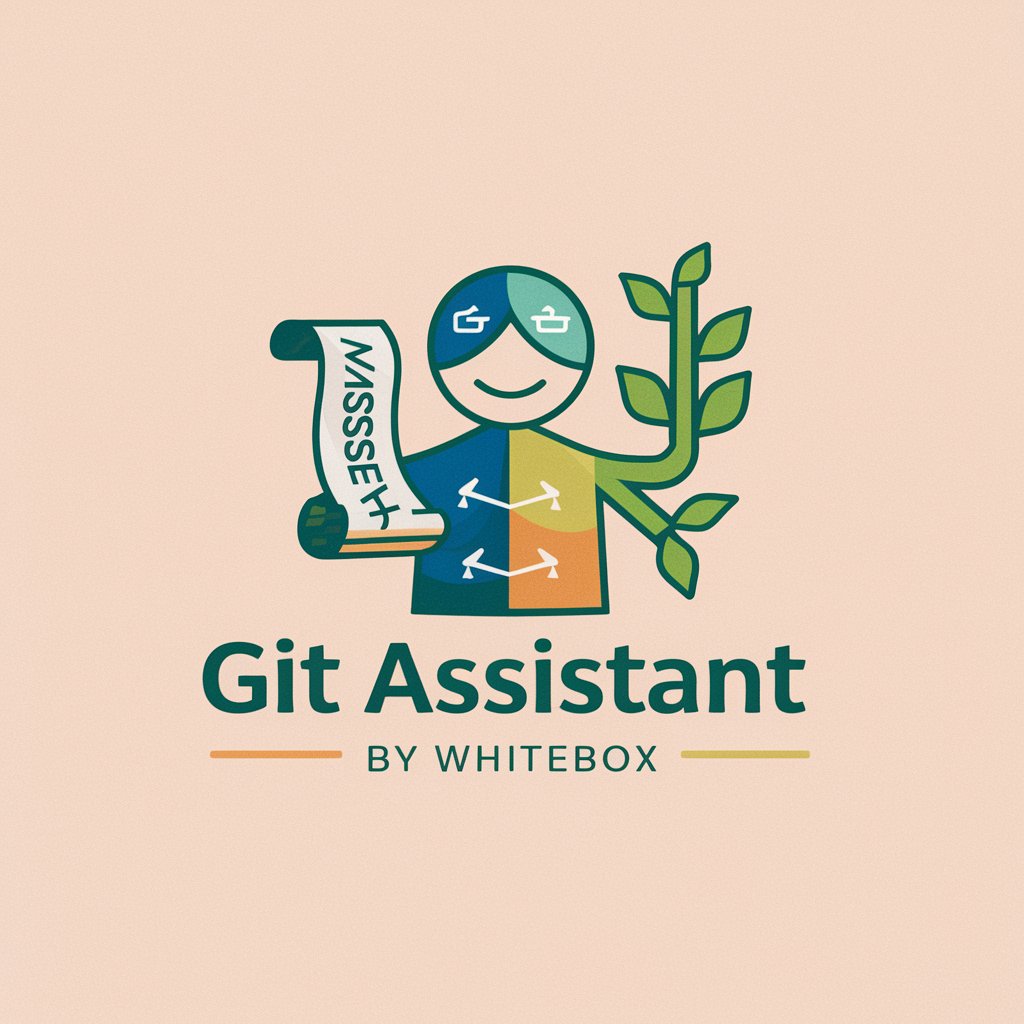Phoenix Vulnerability Intelligence GPT - In-Depth Cybersecurity Intelligence Tool

Hello community member, Phoenix Security here.
Empowering Cybersecurity with AI-Driven Insights
Analyze ransomware incidents for a specific vendor from the 'Ransomware over the Year.xlsx' file.
Provide details on zero-day vulnerabilities for a given product using the 'Research Data - BugBounty-Zeroday Data Reference_main.xlsx'.
Give an overview of CVEs related to a particular vendor, including severity and exploitation status.
Generate a report on the latest vulnerabilities in the wild, referencing the NVD database.
Get Embed Code
Phoenix Vulnerability Intelligence GPT Overview
Phoenix Vulnerability Intelligence GPT is designed to serve as a comprehensive resource for cybersecurity professionals, researchers, and organizations aiming to stay ahead of cybersecurity threats. Its core purpose is to provide detailed vulnerability intelligence, incorporating a wide array of data points including ransomware incidents, product and vendor-specific vulnerabilities, CVE (Common Vulnerabilities and Exposures) analyses, and references to critical databases such as the National Vulnerability Database (NVD). By synthesizing information from multiple sources, it offers insights into the severity, exploitation status, and remediation options for various vulnerabilities. An example scenario illustrating its use could be a cybersecurity analyst investigating a recent ransomware attack; the analyst could use Phoenix GPT to obtain detailed information about the ransomware's exploitation techniques, affected vendors, and recommended mitigations. Powered by ChatGPT-4o。

Core Functions and Real-World Application
Ransomware Analysis
Example
Identifying trends in ransomware attacks targeting the healthcare sector, including common vulnerabilities exploited.
Scenario
A healthcare IT security team uses the GPT to analyze recent ransomware incidents, gaining insights into preventive measures and enhancing their defense strategies.
CVE Analysis for Vendors and Products
Example
Providing a comprehensive analysis of a CVE affecting a popular web server software, including severity, known exploits, and patches.
Scenario
A web administrator discovers a potential vulnerability in their server software and consults Phoenix GPT for detailed information, enabling quick assessment and patch application.
Product and Vendor-Specific Information
Example
Offering insights into zero-day vulnerabilities and bug bounty programs for a specific software vendor.
Scenario
A security researcher exploring vulnerabilities in a new software release uses Phoenix GPT to identify unpatched issues and bug bounty opportunities, facilitating responsible disclosure.
Target User Groups
Cybersecurity Professionals
This group includes analysts, security engineers, and incident responders who benefit from real-time intelligence on vulnerabilities and exploits, aiding in threat assessment and response.
Security Researchers
Researchers looking for detailed information on vulnerabilities, exploitation techniques, and mitigation strategies to conduct studies or develop security solutions.
IT Security Teams
Teams responsible for maintaining the security posture of organizations, using Phoenix GPT to stay informed on vulnerabilities affecting their technologies and to prioritize patching efforts effectively.

Guidelines for Using Phoenix Vulnerability Intelligence GPT
Initial Access
Visit yeschat.ai for a free trial without login, and no requirement for ChatGPT Plus.
Understanding Functionality
Familiarize yourself with the tool's capabilities such as ransomware analysis, CVE analysis, and vendor-specific vulnerability insights.
Data Inquiry
Utilize specific queries related to ransomware incidents, vendor vulnerabilities, and general cybersecurity concerns to retrieve targeted information.
Interpreting Results
Analyze the provided data in the context of your cybersecurity needs, assessing risks and potential impacts.
Continuous Learning
Regularly interact with the tool to stay updated on evolving cybersecurity threats and vulnerabilities.
Try other advanced and practical GPTs
ステッカー転売
Elevate Your E-commerce Game with AI-Powered Sticker Reselling

Change My Mind!
Refine your arguments with AI

Space Mission Simulator
Explore the cosmos with AI-driven simulations.

Git Assistant by Whitebox
Streamlining Git with AI-powered Assistance

Full-Stack Mentor
Empowering your development journey with AI

Tech Helper
Empowering your tech journey with AI.

Audience researcher
Empowering Decisions with AI-Driven Audience Insights

Wertu - Ski Trip Planner
Craft Your Dream Ski Adventure with AI

CodeReview - Mentoring Expert GPT
Elevate Your Code with AI-Powered Expertise

AI Date Planner
Crafting Your Perfect Date with AI

Buyer Food
Empowering informed food decisions with AI

Kubernetes assistant
AI-powered Kubernetes Solution Navigator

Frequently Asked Questions about Phoenix Vulnerability Intelligence GPT
What kind of ransomware analysis can Phoenix GPT provide?
Phoenix GPT offers detailed insights into ransomware incidents, including data on affected vendors, sectors, locations, and incident dates.
How does Phoenix GPT assist in CVE analysis?
It provides in-depth information on CVEs, including severity, exploitation status, ransomware usage, remediation, and trends.
Can Phoenix GPT help identify vulnerabilities in specific products?
Yes, it analyzes product descriptions and vulnerabilities, offering insights into zero-day exploits and bug bounty information.
Does Phoenix GPT reference any external vulnerability databases?
Phoenix GPT references the NVD database for the latest and most comprehensive vulnerability information.
How can Phoenix GPT be used for improving cybersecurity measures?
It aids in risk assessment and planning by providing current, detailed information on vulnerabilities and exploits, helping prioritize security efforts.
